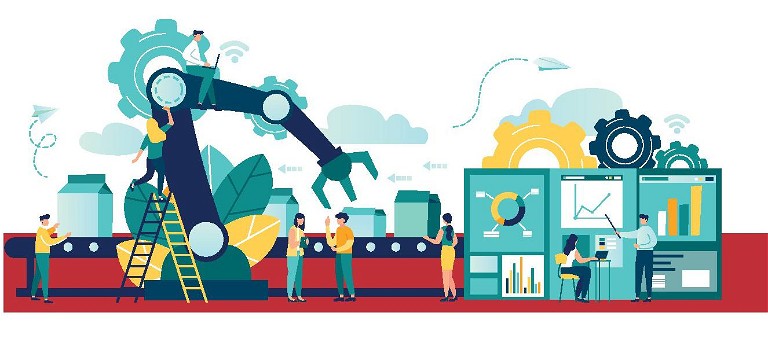Industry Insight

Removing Uncertainty in the Supply Chain
Nikunj Desai, head of supply chain at ACG, explores how supply chains can be made more secure and the impacts this may have on the pharma industry
Supply chain volatility
The current crisis in Europe has led to increasing energy insecurity, with the potential of power outages under discussion for the remainder of this winter.
These uncertainties are set to exacerbate existing issues that have been enduring since March 2020, when the COVID-19 pandemic caused drastic upheavals to supply chains. Shortages of raw materials are continuing to yield severe pharmaceutical manufacturing supply line disruptions.
In some cases, European manufacturers are experiencing a doubling of supplier lead times, uncertain and fluctuating prices and orders that are often subject to delays.
Add to this soaring inflation and global talent shortages, these numerous sector threats have left many manufacturers with plants not operating to full capacity – compounded by increases to overall running costs.
Looking to Darwin’s philosophical reasoning ‘It is not the most intellectual of the species that survives; it is not the strongest that survives, but the species that survives is the one that is able best to adapt and adjust to the changing environment in which it finds itself.’
Perhaps now, during one of the greatest manufacturing crises on record, is a time to consider doing things differently rather than accepting the scarcity of multiple resources and running a leaner operation to match.
Resilient supply chain
A resilient supply chain is defined by its capacity for resistance and recovery. However, the most modern and resilient supply chains are designed to do more than simply resist and recover. These supply chains are developed and built on strong foundations of robust processes and systems that enable their stakeholders to have full visibility and hence plan proactive actions.
Managing risk
In the long history of supply and distribution, risk management has been a challenge. Considering the complex interoperability of each service provider in the chain, even a small problem can cause vast disruption.
Mitigation planning must also anticipate other potential disruptions such as seismic changes in consumer behaviour, sudden market movement, an unpredictable trade environment, fluctuating tariffs or political uncertainty.
In building resilience to adapt to unforeseen events, supply chain custodians have had to review and streamline their logistics and warehousing networks or work with more thirdparty fulfilment providers to adapt.
Track and Trace
Whilst not yet standardised, being able to identify products’ whereabouts in the supply chain is also key – from production through to delivery. Depending on the logistics partners in the supply chain, having visibility of the location of a consignment, the condition in which it is transported and monitoring the temperature all add to the security of the supply chain. Being able to monitor the route of a vehicle and escalating an issue can make a significant difference to journey timings. Schedules are critical for both cost management and operational efficiency, which can ultimately impact a brand’s profitability.
Working to exception reporting
Although it is widely understood that strong supply chain management is founded on having a flexible contingency plan that helps the manager respond quickly to operational disruptions, in my experience the most resilient supply chain must learn from historical data and events to anticipate or even forecast.
Mapping scenarios-based strategies helps teams to identify risks such as port closures, handling vendor disruption, logistic hub failure or having contingent alternative modes of transport or routes. These are also instrumental in identifying key performance indicators (KPIs) – to monitor instances of failure that will help to isolate an incident and make an appropriate corrective decision.
Working to exception reporting should enable the avoidance of disruption altogether. Supply chain control relies on having clear communications alongside powerful, yet flexible systems. Building transparency and having true visibility drives sound business decisions and creates agility.
Process automation
Beyond systems and communications, greater resilience and agility are achieved via process automation that reduces errors and increases accuracy and precision. Freeing staff from repetitive tasks and effectively adopting automation removes an element of risk.
During these difficult times, not only has it become vitally important to proactively manage risk to create resilient supply chains, but it has also become paramount to be acutely risk aware. Moving away from the traditional model of stand-alone systems and working in silos, it is essential to develop partnerships that are transparent, adaptive and responsive. It is the combination of the number of suppliers, the spread of geography and customers that creates a natural hedge and protection against the crisis.
European manufacturers must embrace what is needed now, allowing them to quickly and easily collaborate, tap into and benefit from established supply chains and distribution networks, which would otherwise take years of relationship building and investment.